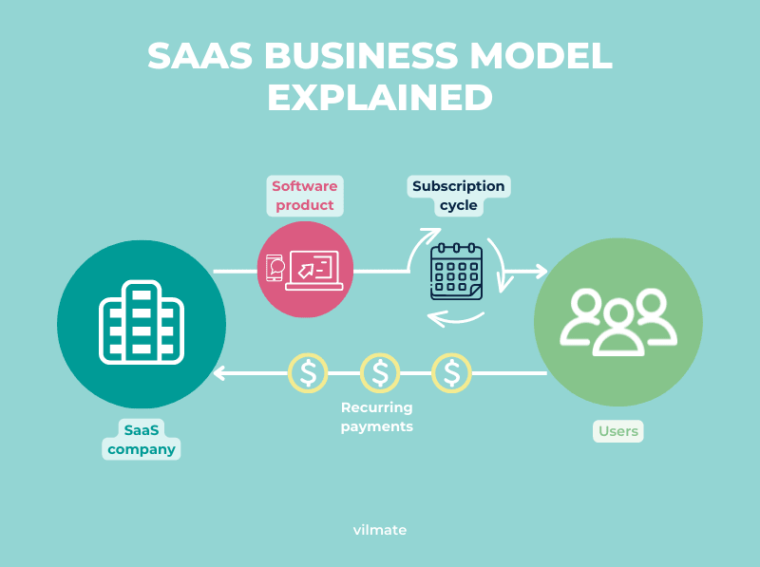Choosing the right revenue model is one of the most important requisites in SaaS businesses for success. Otherwise, growth will be very slow, with the major possibility of huge financial issues and problems arising when scaling. In this article, we are going to present common mistakes that startups and companies make while choosing a monetization model and how to avoid them.
For a deeper understanding of different monetization strategies, it’s worth exploring the saas revenue models guide “Top 10 Types of Revenue Models for SaaS” from Wezom. This comprehensive guide provides actionable insights and can be an essential resource in your decision-making process.
Mistake 1: Choosing a Popular Model Without Considering Product Features
Another typical mistake is to get attached to the models of your successful competitors without taking into consideration the peculiarity of your product. It won’t work for a subscription model with products oriented to a low-frequency niche in which it’s used very rarely. You have to look deeper into the needs of the target audience and adjust your strategy according to their taste. Popularity alone doesn’t guarantee that this particular model will help to rocket your business.
Mistake 2: Underestimating the Costs of Implementing and Supporting the Chosen Model
Many businesses tend to underestimate the costs related to deploying and supporting the chosen revenue model. For example, a freemium model attracts millions of users but includes strong support for free accounts. Another example is that pay-per-use may be also awkward due to too high accuracy of usage accounting. Operational and financial expenses should be regarded prospectively to avoid its unexpected rise and further budget shortfall.
Mistake 3: Forgetting Flexibility and Scalability
Not all monetization models are perfect, and some of these can even reach their limitations with scalability.

For example, one-time fees or licensing do not allow for flexible adjustments to business growth and market change in general. It means that a system chosen by you should be able to expand when your business does, ensuring long-term, sustainable business growth and adaptation to new challenges.
Mistake 4: Less-than-Optimal Pricing and No Transparency toward the Customer
Confusing pricing plans and complex terms will scare away potential customers. If users can’t easily find out how much they pay for this and exactly what they get, then it may naturally be expected to decrease conversion rate and customer churn. Pricing needs to be made gently clear.

Ensure that your pricing is easy to learn and explicitly shows value that customers receive.
Conclusion
Choosing a SaaS revenue model by simply copying famous examples is actually a way backward: into prolific thinking, analysis, and testing. Keeping in consideration the product features, cost planning, flexibility, and transparency will help in avoiding common mistakes and opt for an optimal monetization strategy to propel long-term growth and sustainability of the business.
